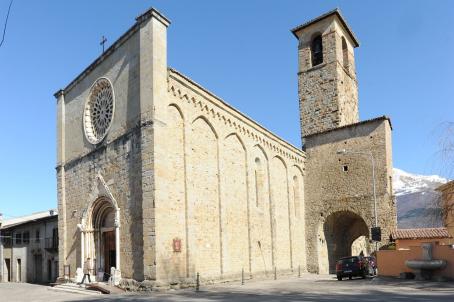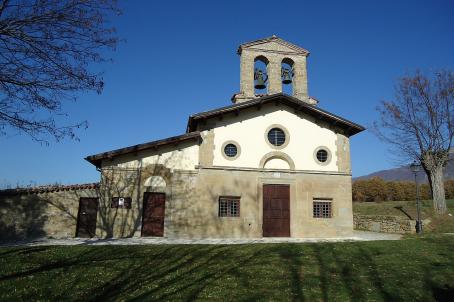Santuario della Madonna delle Grazie

The Sanctuary of the Madonna delle Grazie is a late 15th-century Catholic church. During the 17th century, the Orsini family financed the interior decoration. Restoration work on the façade was necessary following the earthquake of 1705. In 1931, the bell tower was built. The statue of Our Lady of Grace with the child on her lap dates from around 1490.




